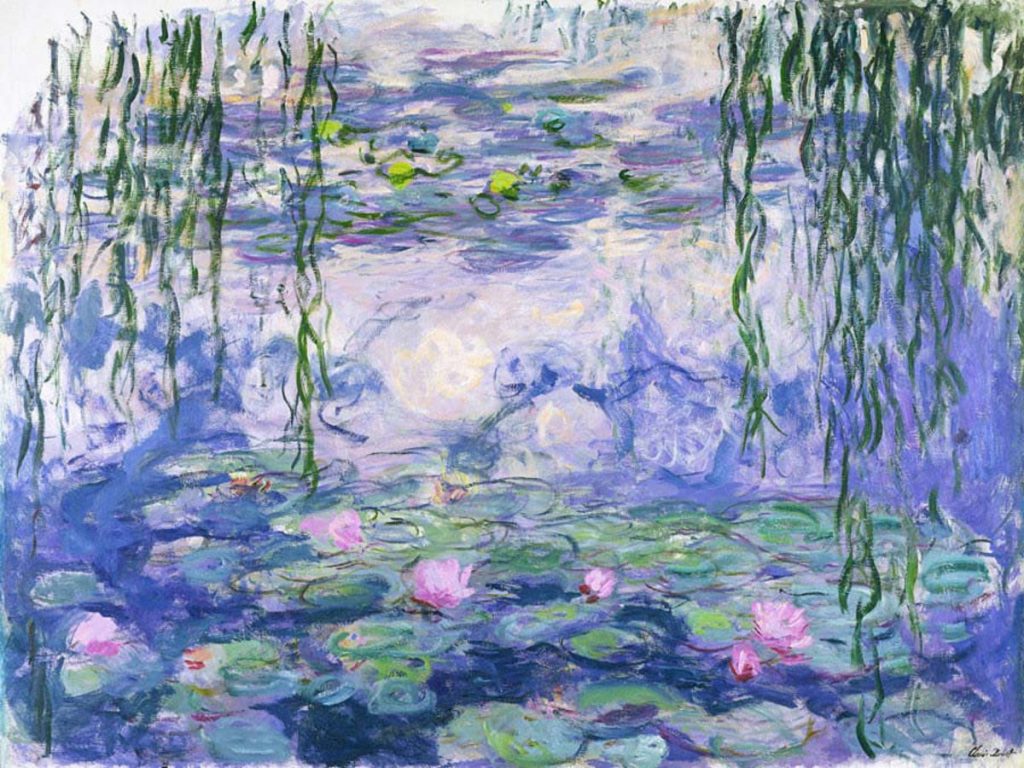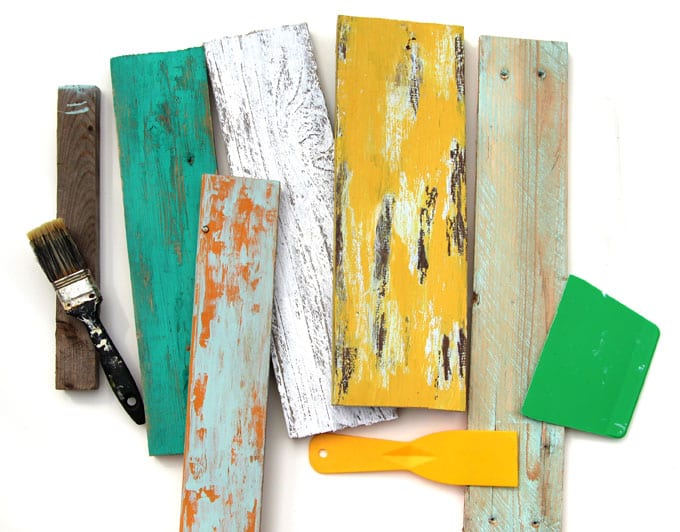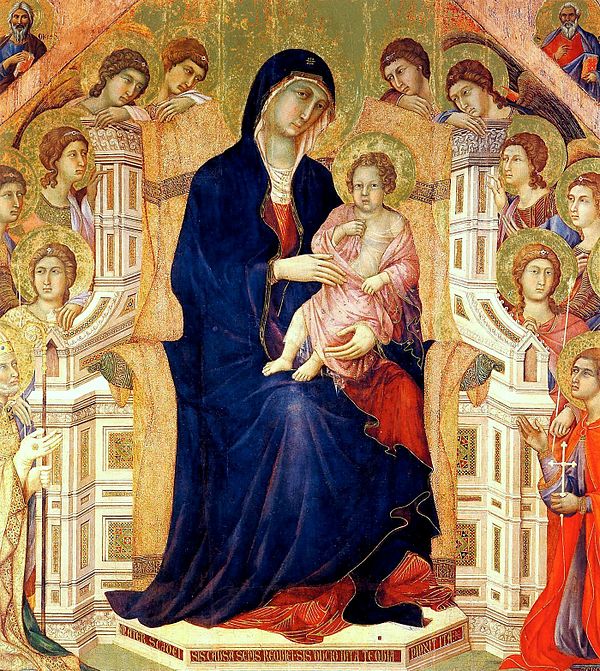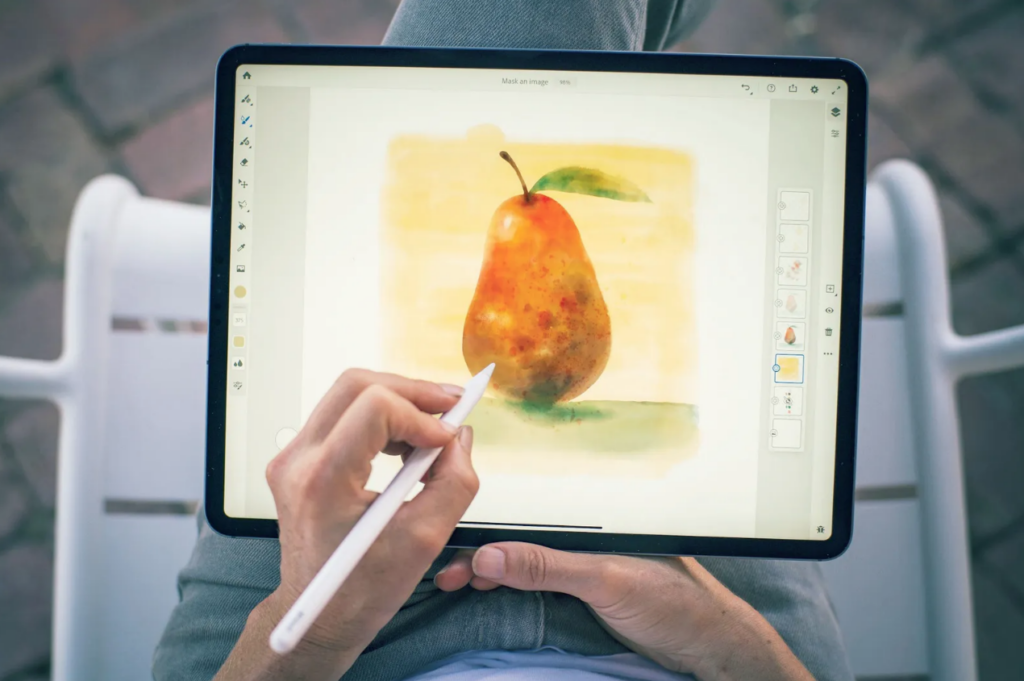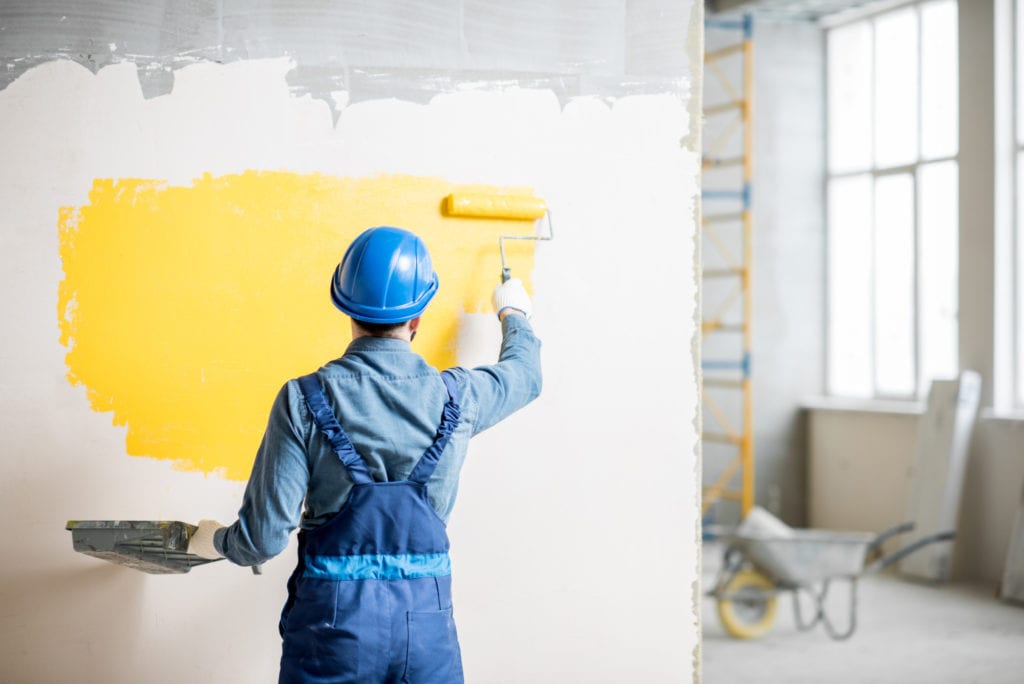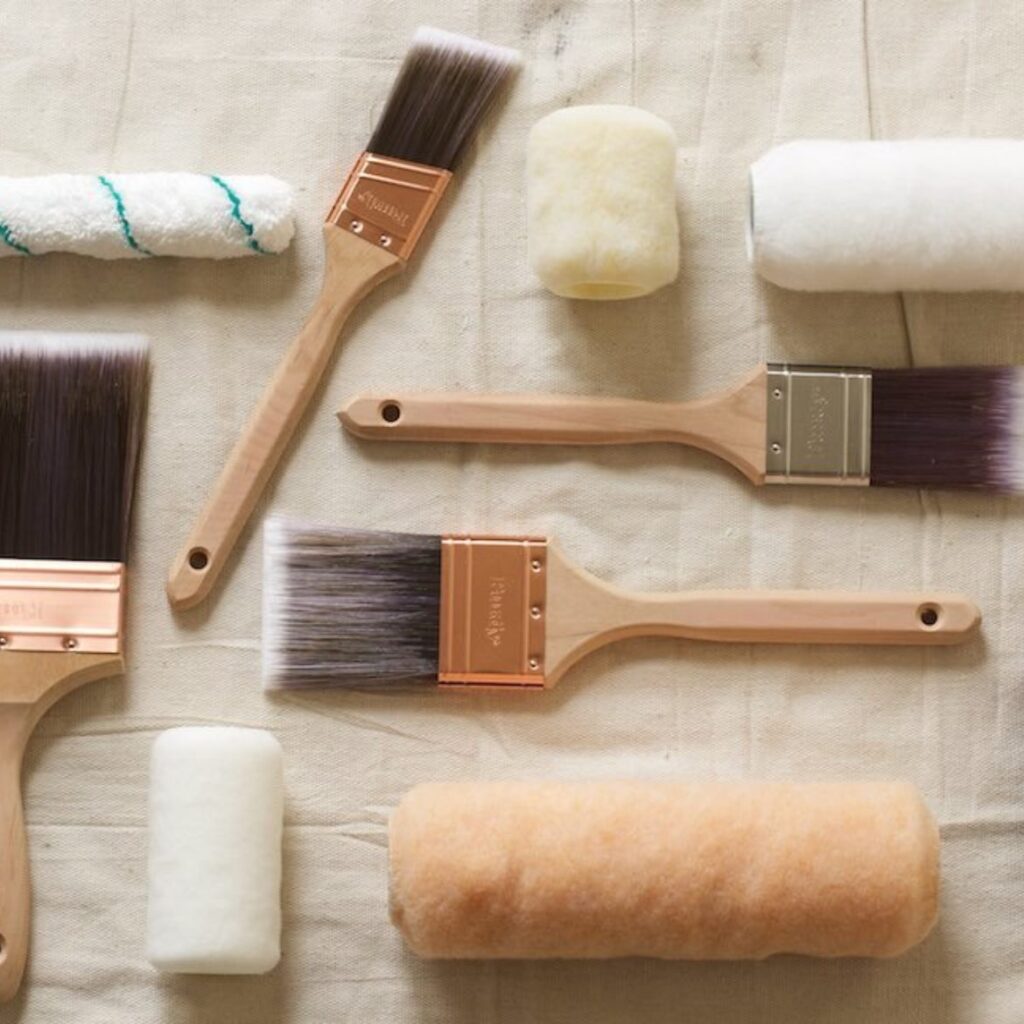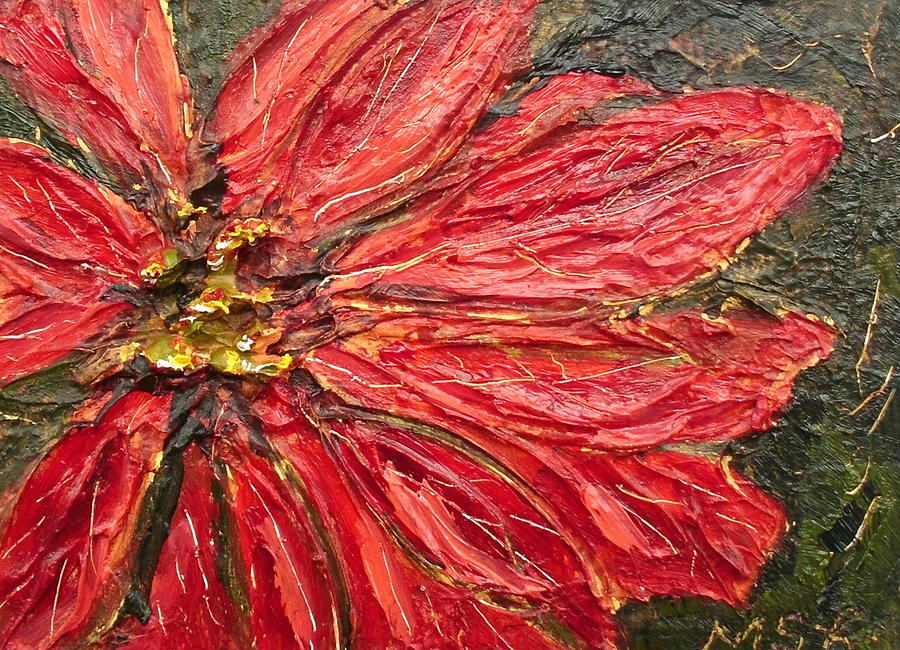
The Sgraffito technique is a great idea for an art lesson, for it is a novel way of enjoying paint. Not only does Sgraffito exploit the texture of the paint, it can also be used for decorative purposes, expressing patterns, movement and injecting energy into the painting. Traditionally, the Sgraffito technique was used to decorate pottery and ceramics, but it is also a great technique for painting.
Lesson Plan on Sgraffito
The art teacher may firstly explain to the class that Sgraffito is simply a painting method whereby the upper layer of paint is scratched off to reveal a different colour or texture beneath. Any scratching tool can be used for Sgraffito, including old toothbrushes, combs, toothpicks, palette knives or the other end of the brush.
Add Texture to Paint
Sgraffito can be used for several painting effects. The art teacher may show exemplars of different Sgraffito paintings and if necessary, conduct a painting demonstration in front of the class on how to use Sgraffito. The lesson will show that Sgraffito can be used to express:
- Texture
- Colour
- Energy
- Patterns
Demonstration Using Sgraffito
The texture of the Sgraffito can be enhanced when painting in impasto. Impasto means thick paint, the opposite of applying paint in thin washes. If using oil paint, impasto medium can be added to thicken the body of the paint. Alternatively, partially-dried acrylic paint can be used. Peaks and troughs can be etched into the paint in order to add texture and energy to the painting. If side-lit by a lamp, the texture of the painting will show up in sharp relief.
Experimental Art Activities for Adults
Sgraffito can also be used in a more decorative way by etching patterns such as swirls or crosshatches onto the upper layer of the paint in to reveal a different colour beneath. To use Sgraffito in this way, the painting surface must be prepared beforehand. This often means applying a contrasting colour onto the painting surface first.
If the painting is to be predominantly green, as in a landscape painting for example, a conflicting colour such as red or orange can be applied underneath. When the green paint is scratched off in strategic places, this contrasting colour will be revealed, adding energy and vibrancy to the painting. This under-layer of paint must be thoroughly dry before painting on top, or it may dirty the colour mixture of the final painting.
Art Materials Required for Sgraffito
In order to complete a painting in Sgraffito, the following resources are needed along with the usual painting materials:
- Any scratching tool, such as combs, stiff brushes, palette knives or plastic cutlery
- Acrylic paint
- Impasto medium is useful for emphasising texture
- Reference material such as an artistic influence, photographs or still life can be used. The composition must be kept simple.
Experimental Art Technique and Lesson on Painting with Sgraffito for Students
Students may find out for themselves how mark making will affect the painting. Using scratch marks to echo the outlines of the objects depicted, will add tension to the painting, as shown by the Expressionists. Munch’s The Scream is a good example. The French Fauves, such as Matisse’s paintings shows how mark-making to reveal a contrasting colour beneath can be used to add vibrancy to painting.
Art students may try out experimental art techniques in order to find inspiration for painting. Sgraffito is a great art activity for this purpose. Not only is it simple to do, but Sgraffito provides interesting painting effects. The only requirements are scratching tools, a paint thickener if texture is desired, and contrasting colours, if vibrancy is required. Experimenting with different techniques such as Sgraffito will inspire art students to explore other art techniques.
Thank you for reading this article! If you have any further questions about this topic please contact us.



